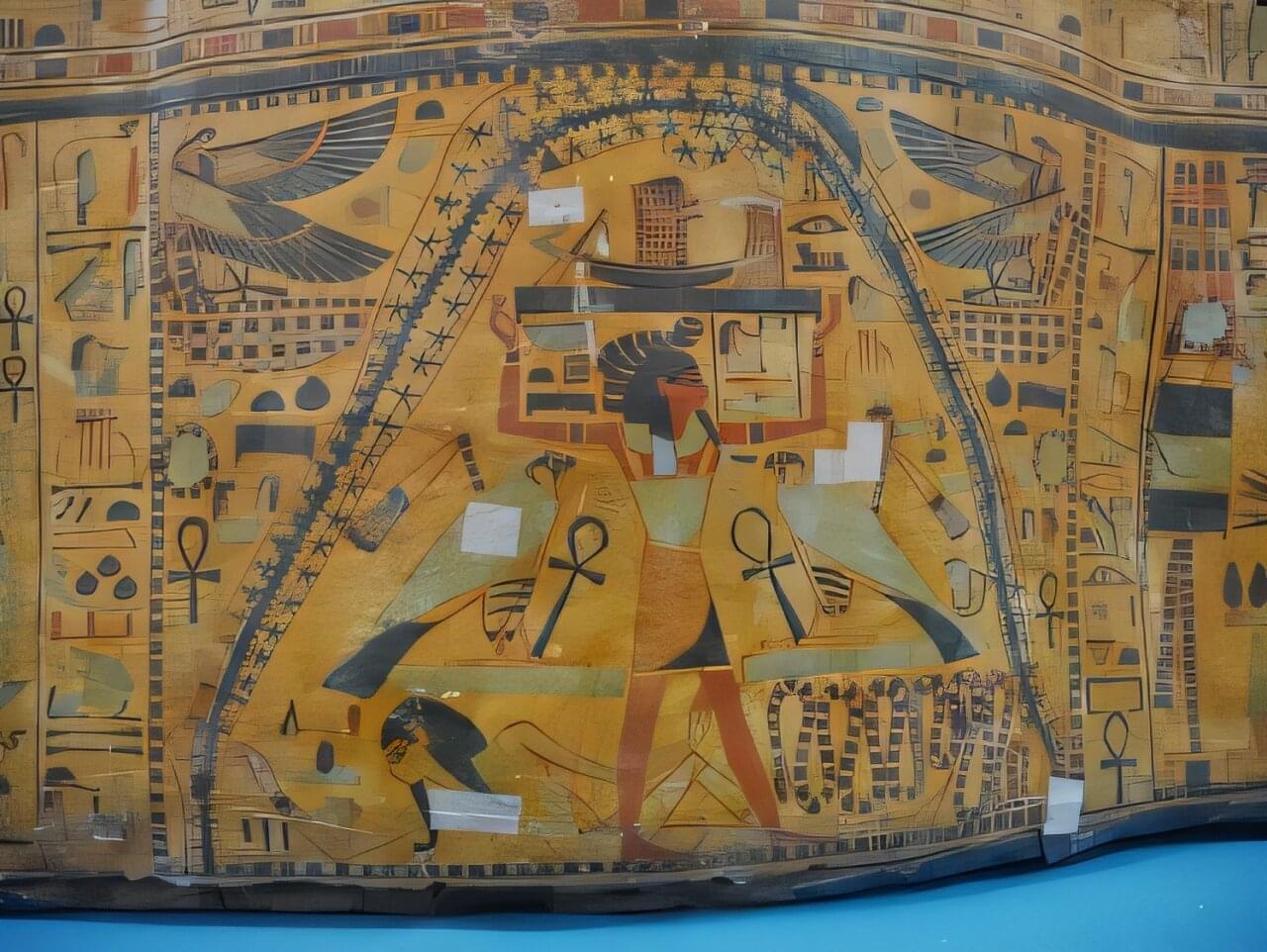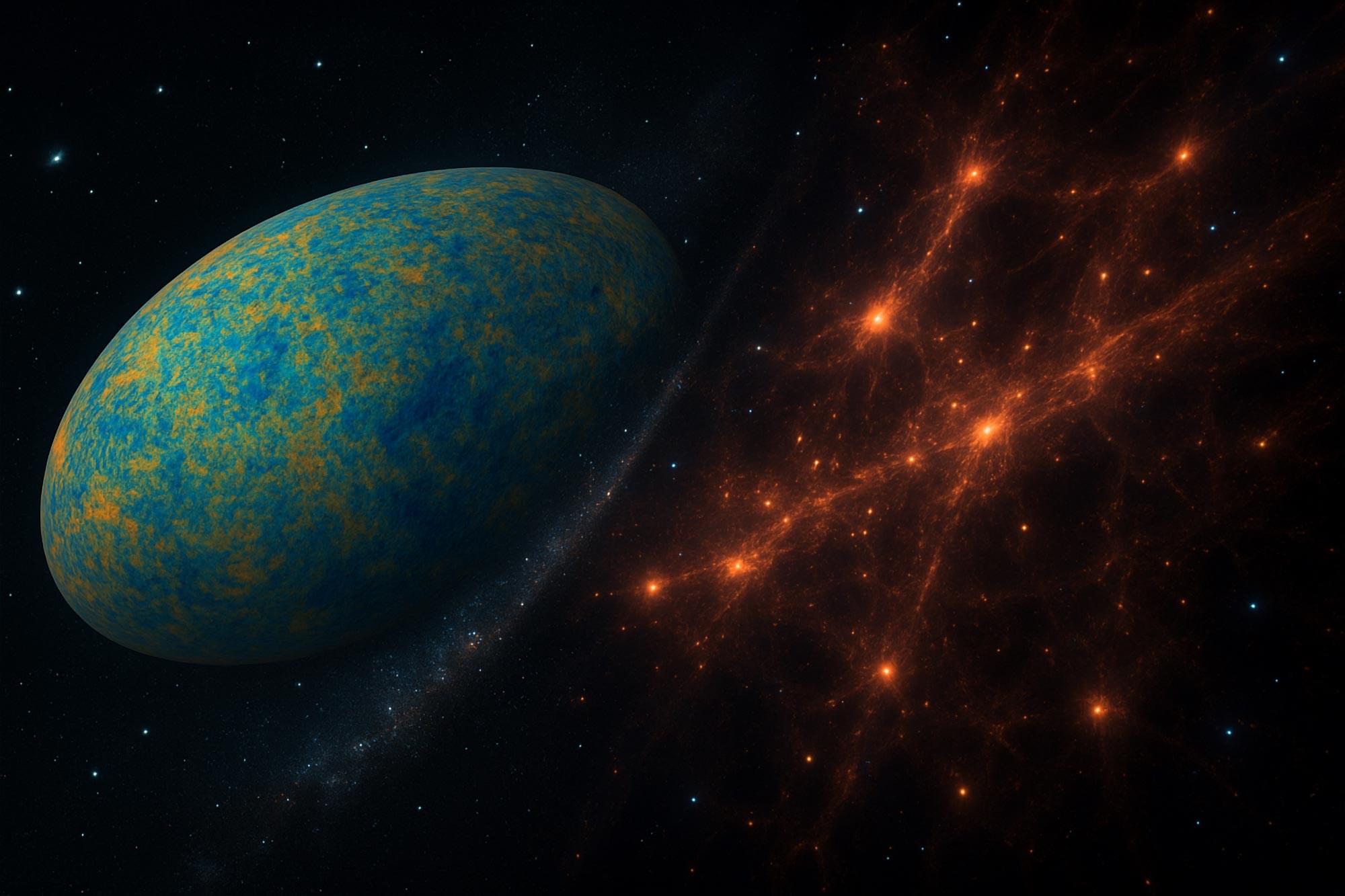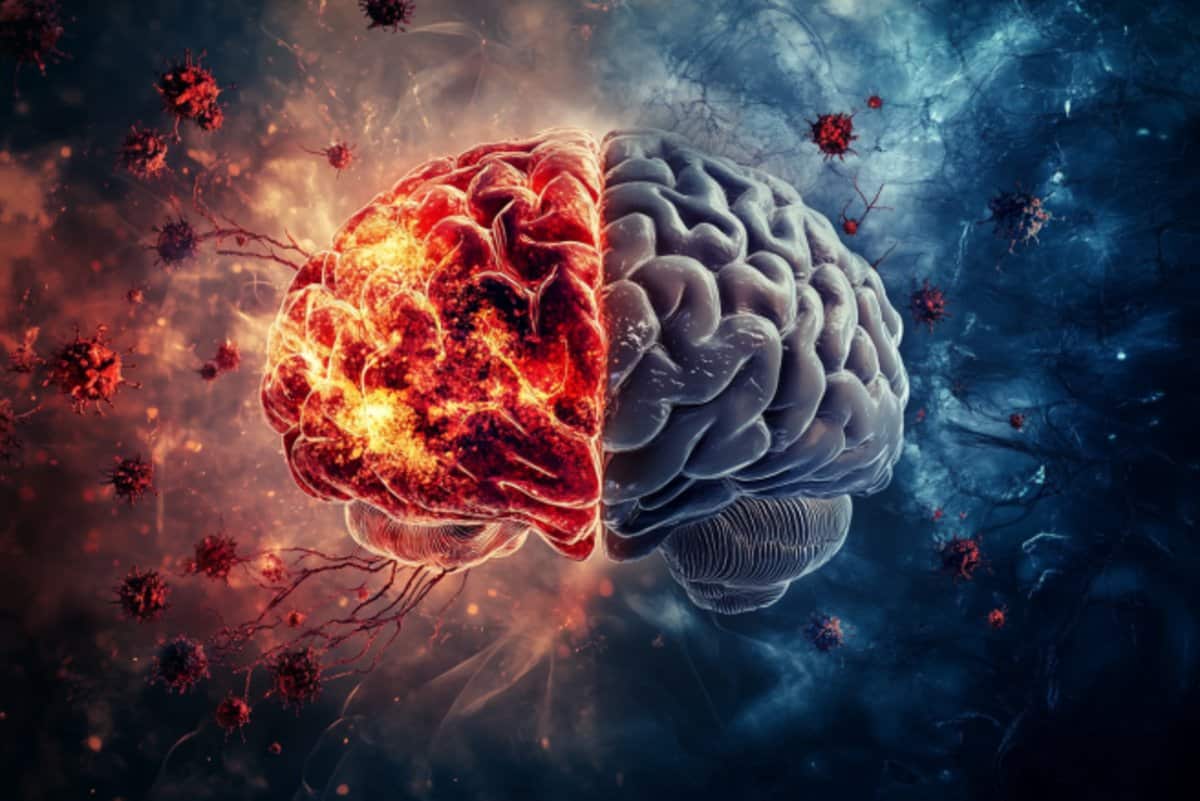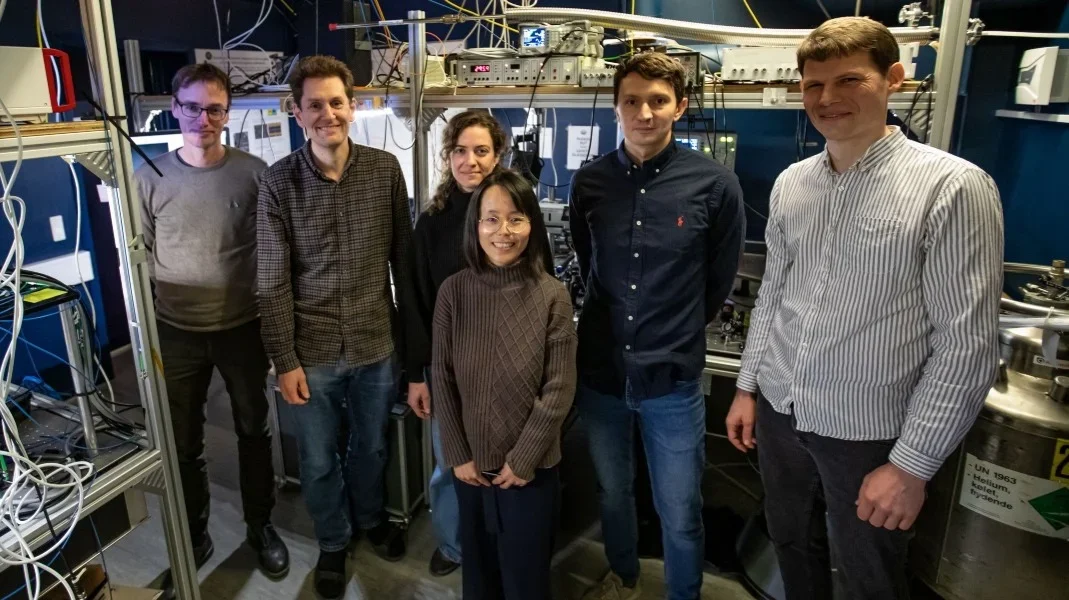The discovery of the new species of crocodile sheds fresh light on the need for conservation efforts.



An interest in understanding the role that the Milky Way played in Egyptian culture and religion has led University of Portsmouth Associate Professor of Astrophysics, Dr. Or Graur to uncover what he thinks may be the ancient Egyptian visual depiction of the Milky Way.
Various Egyptian gods are either associated with, symbolize, or directly embody certain celestial objects. In his study, Dr. Graur reviewed 125 images of the sky-goddess Nut (pronounced “Noot”), found among 555 ancient Egyptian coffins dating back nearly 5,000 years.
Combining astronomy with Egyptology, he analyzed whether she could be linked to the Milky Way and his findings are now published in the Journal of Astronomical History and Heritage.

Over billions of years, the universe has transformed from a simpler state into an intricate cosmic web, but new research hints that the growth of cosmic structures may not have unfolded exactly as predicted.
Using data from the Atacama Cosmology Telescope and the Dark Energy Spectroscopic Instrument, scientists compared ancient cosmic light with the modern distribution of galaxies, essentially creating a multidimensional cosmic timeline. Their findings reveal a slight but intriguing discrepancy: matter appears to be a bit less “clumpy” today than early models anticipated. While not definitive enough to rewrite physics, this subtle irregularity opens exciting possibilities about the mysterious forces, like dark energy, that could be subtly reshaping the universe.
The Cosmic Dance of Matter.

A hidden world beneath Albania’s surface has just been unveiled, and it’s more extraordinary than anyone imagined. This underground lake could hold secrets that will reshape our understanding of Earth’s mysteries.

*Apply to join Foresight Intelligent Cooperation program:* https://foresight.org/intelligent-cooperation/
A group of scientists, engineers, and entrepreneurs in computer science, ML, cryptocommerce, and related fields who leverage those technologies to improve voluntary cooperation across humans, and ultimately AIs.
*Maarten Boudry | Will Humanity Be Subjugated by Superintelligent AIs?*
Abstract: Some people are worried that if we ever create superintelligent AIs, they might turn against us—trying to subjugate humanity, wrest control, and grab resources, much like living creatures shaped by evolution. Dan Hendrycks from the Center for AI Safety has argued that AI systems are already undergoing a form of natural selection, facing ruthless market competition in the current AI race. Will this endow them with the instinctive drives for self-preservation and dominance typical of evolved creatures? In this talk, I push back against this evolutionary doom scenario, using the framework of “Darwinian spaces” by Peter Godfrey-Smith. A better analogy for AI evolution might be the domestication of animals. Just as humans have bred dogs to be friendly and obedient, we might shape AIs in similar ways, selecting for desirable traits like helpfulness and non-aggression. Even in a highly competitive AI race, AIs are unlikely to become selfish or power-hungry. That said, we do agree with the AI doomers on one point: if we allow AIs to “go feral” and be subjected to truly blind evolution—like wild animals competing in nature—that could become very dangerous.
Bio: Dr. Maarten Boudry is a philosopher of science and first holder of the Etienne Vermeersch Chair of Critical Thinking at Ghent University. He published over 50 academic papers and two edited volumes: Science Unlimited? (2018) and Philosophy of Pseudoscience (2013). He wrote six trade books in Dutch on science and philosophy, the latest one being The Betrayal of Enlightenment (Het verraad aan de verlichting, 2025). He’s also a Roots of Progress fellow and a regular contributor to Quillette, The Conversation, The Independent and Human Progress. Substack for English writings: maartenboudry.substack.com.
Bio: Simon Friederich is an associate professor of philosophy of science at the University of Groningen, the Netherlands. He is currently focused on the philosophy of quantum theory, trying to solve the quantum measurement problem along the lines envisioned by Einstein before advanced AI makes his efforts redundant. He has also worked on the philosophy of technology, notably on nuclear energy, sustainability, and advanced AI. His thoughts on these topics have been featured in German and Dutch media. With his wife and five kids he lives in a village in the North of the Netherlands.
*Speaker Link*
https://maartenboudry.substack.com/
*Timecodes*


To those unfamiliar with quantum mechanics, the achievement might seem minor. Yet in the world of quantum research, this moment is transformative. With the ability to create quantum entanglement between two light sources, a host of commercial technologies could soon become reality.
Control over multiple quantum light sources forms the bedrock of quantum networks. Entanglement —where two light sources are linked, no matter the distance—remains a pillar of quantum physics. Without it, building fast quantum computers and developing next-generation encryption would stay out of reach.
The findings, recently published in Science, spotlight just how far the field has come. Researchers at the Niels Bohr Institute underscored the breakthrough’s major impact on the future of quantum technologies.